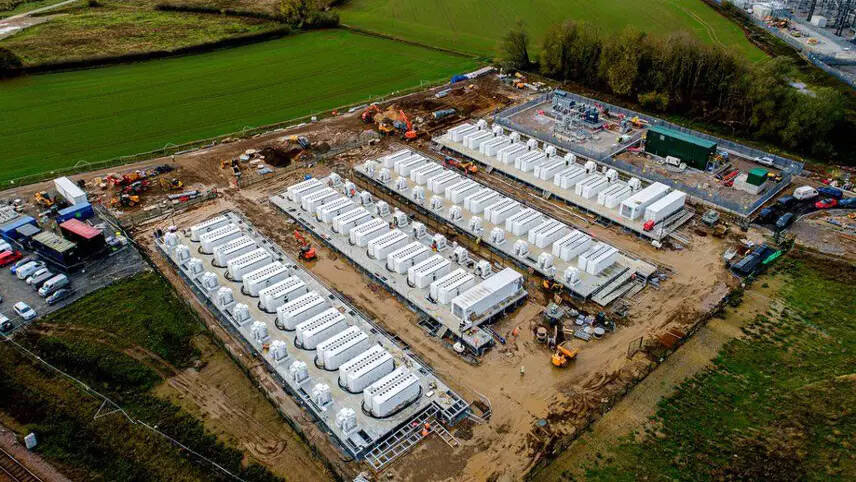Register for free and continue reading
Join our growing army of changemakers and get unlimited access to our premium content

SSE’s Solar and Battery division has this week marked the Winter Solstice by highlighting how short, dark days impact the UK’s network of solar arrays and energy storage facilities.
As one would expect, it is forecasting that output from the UK’s solar stock will be lower than average for the season. As well as the day being shorter, light intensity is low in many parts of the UK due to cloudy weather. There is also no benefit of snow to act as a light reflector in regions including the southeast, with the recent cold snap having ended for many.
However, the organisation has concluded that the UK’s battery stock could technically power 25% of the UK’s homes for a full hour of darkness. The calculation stems from the fact that the UK’s operational battery storage capacity is 2.1GWh and that the average home uses 0.3kWh for an hour. There are around 27.8 million homes in the UK, so one-quarter is around seven million homes.
Opponents of renewable energy often point out that generation is intermittent, varying in line with weather conditions. But this challenge is not insurmountable if flexibility is built into the energy system, including energy storage at scale.
RenewableUK revealed in April that 1.6GW of energy storage is operational nationwide. The UK Government’s climate advisory body, the Climate Change Committee (CCC), has recommended that measures are taken to grow the energy storage stock to 18GW by 2035 if the 2050 net-zero goal is to be met and interim carbon budgets adhered to.
Scaling storage
Around 18.6GW of energy storage projects were in the development or planning stages as of this April, according to the same RenewableUK report. But bringing all of these projects to fruition is not guaranteed.
SSE Solar and Battery is calling for the UK Government to take further steps to ensure that investment in energy storage in the national market is attractive and stable. December 2020 saw planning rules for large-scale energy storage permitting relaxed to help spur investment. The Department for Business, Energy and Industrial Strategy (BEIS) removed the requirement for projects exceeding 50MW in England and 350MW in Wales to receive approval under the Nationally Significant Infrastructure Projects (NSIP) regime, following a vote in summer 2020.
Since then, the biggest battery storage array in Europe has come online in Cottingham, near Hull. The 98MW project was successfully energised last month.
SSE Solar and Battery is also calling for policymakers to bring forward measures to close the skills gap the energy sector is facing amid the net-zero transition PwC stated last week that, while most energy workers have transferable skills, the sector is grappling with an ageing workforce and is in need for good skills provisions for the next generation of young workers.
The UK Government has not yet published a comprehensive update to its skills plans since net-zero by 2050 was enshrined in law in early 2019. The Office for National Statistics’ 2022 survey of the green economy revealed that the UK hosts around 207,800 full-time equivalent green jobs, with the Government targeting two million by the end of the decade.


Please login or Register to leave a comment.